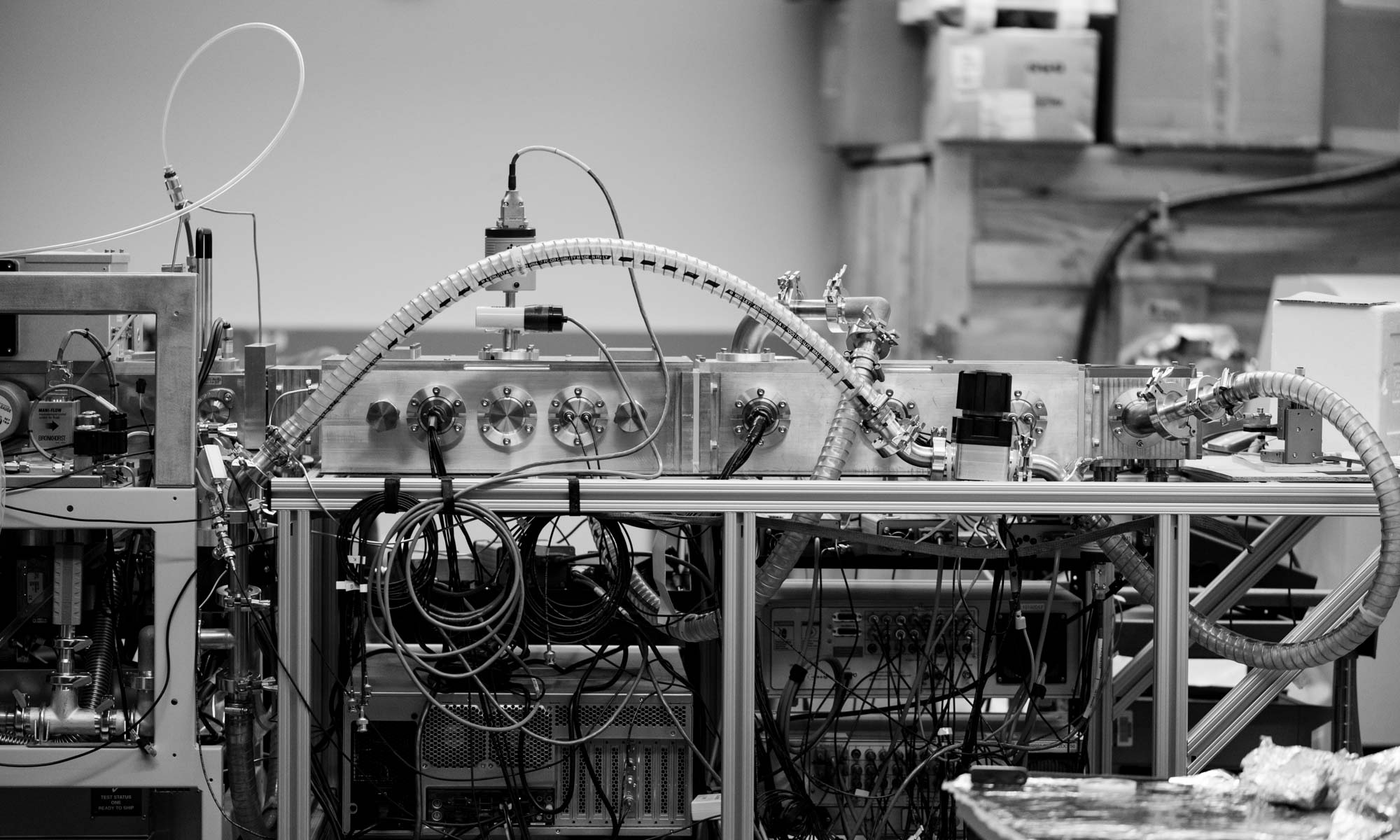Prof. Bush will present the following seminars this November:
- Department of Chemistry, Pacific Lutheran University, Tacoma, WA, 11/25/13. MFB thanks Prof. Tina Saxowsky for hosting this visit.
- Joint Chemistry Seminar, Claremont McKenna, Harvey Mudd, Pomona, Pitzer, and Scripps Colleges, Claremont, CA, 11/19/13. MFB thanks the American Society for Mass Spectrometry for travel support and Prof. Aaron Leconte for hosting this visit.
- Department of Chemistry & Biochemistry, Northern Illinois University, DeKalb, IL, 11/11/13. MFB thanks Prof. Victor Ryzhov and Prof. Marc Adler for hosting this visit.
- Department of Chemistry, Mercer University, Macon, GA, 11/1/13. MFB thanks the American Society for Mass Spectrometry for travel support and Prof. Kathryn Kloepper for hosting this visit.


 Congratulations to
Congratulations to 
 Matt Bush is the recipient of the 2013
Matt Bush is the recipient of the 2013 


You must be logged in to post a comment.